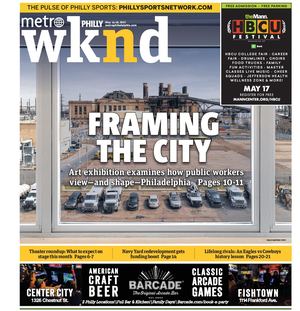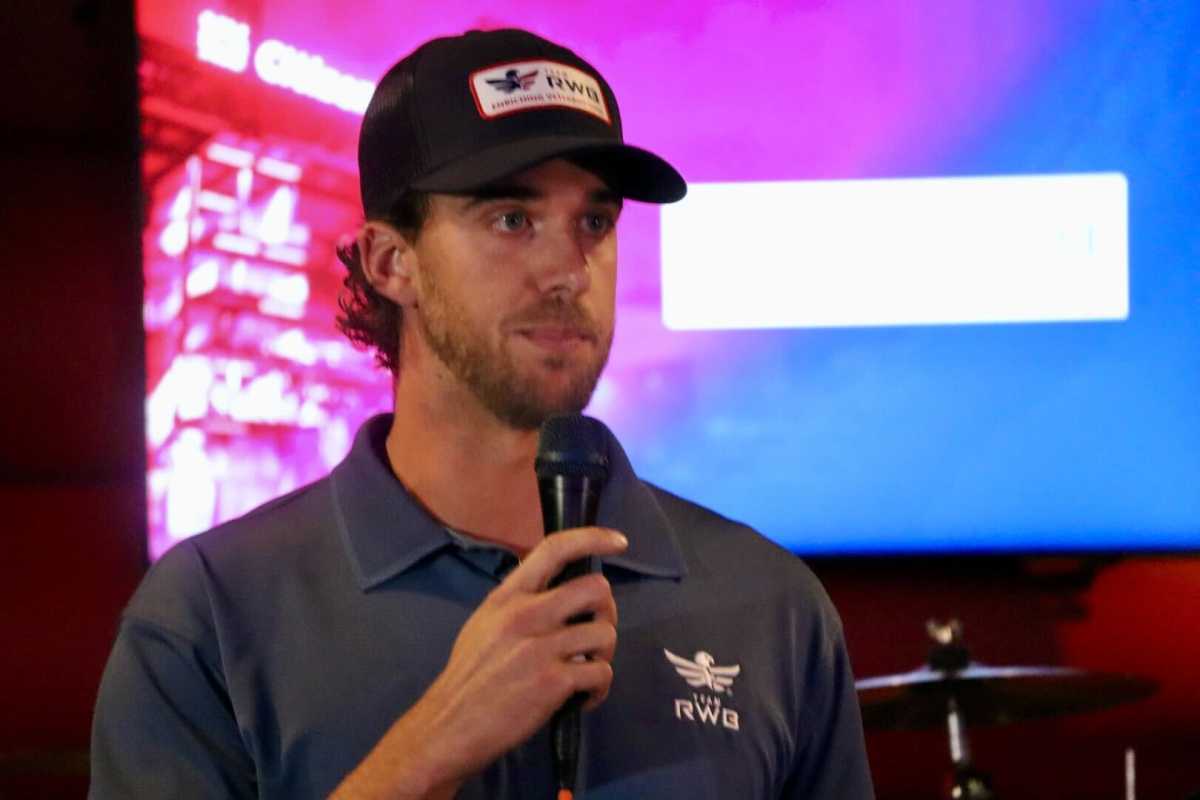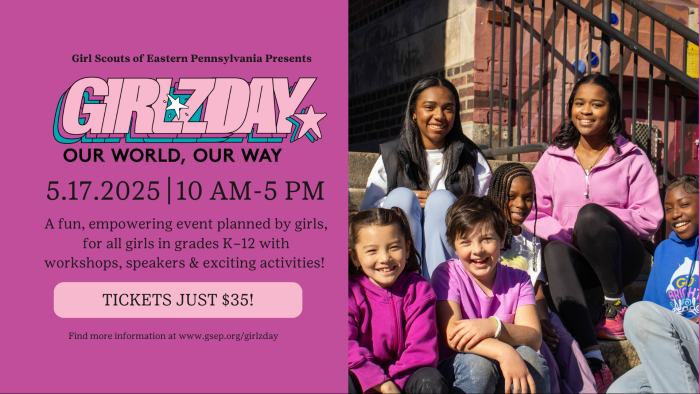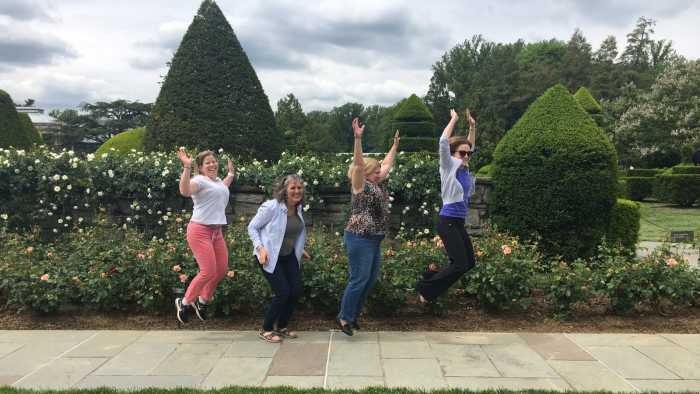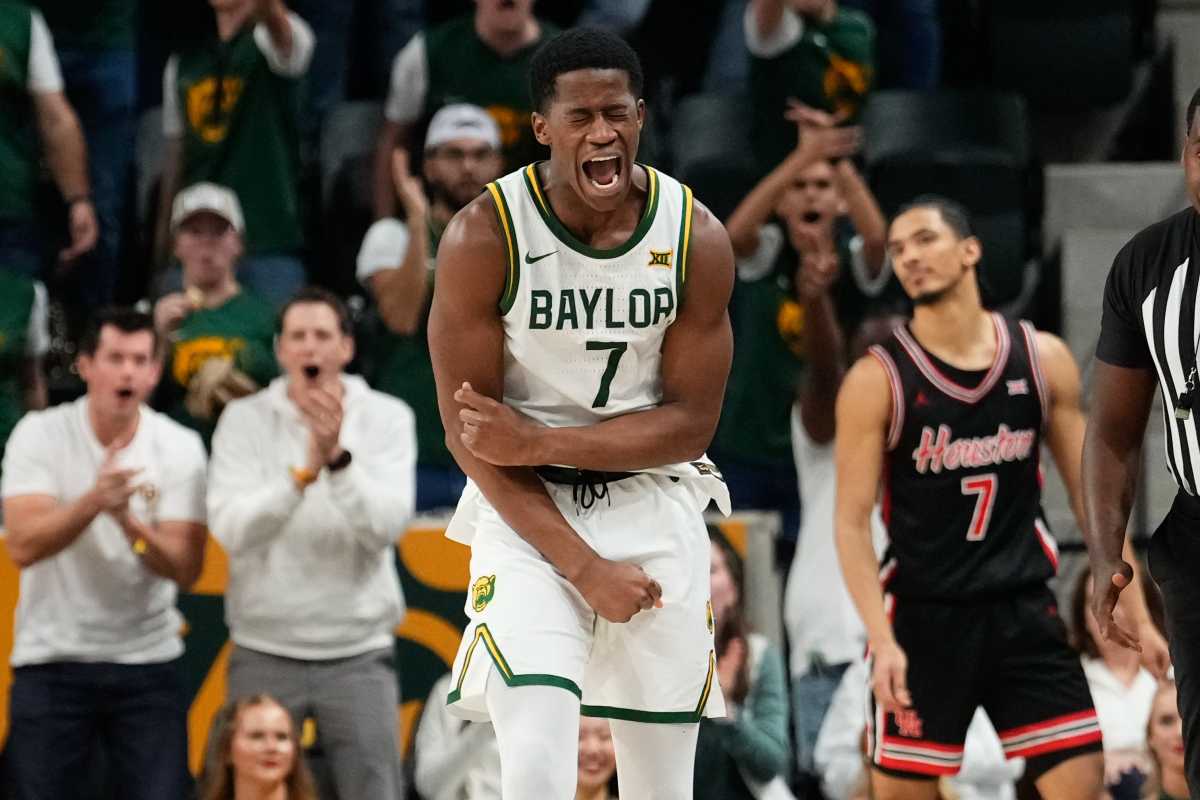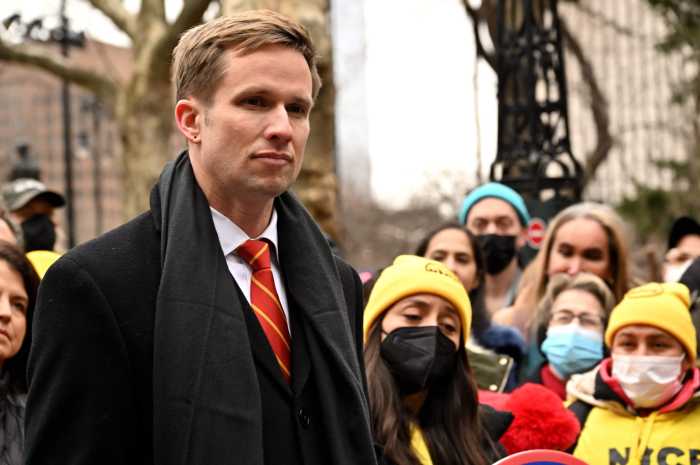Philadelphians know the city’s history goes deep. When condos are built or flames take buildings down, more often than not in Philly, it turns out on the site of a former factory that fed a community, an unmarked cemetery, or just privies stashed full of historic trash.
Hidden City Philadelphia has tapped into what that perspective has to offer for more than eight years. The popular local blog has combined news on land and buildings with a historical perspective and real educational events, reactivating shuttered historic gems through their festivals and tours exploring city neighborhoods.
Now, with a new book, “Philadelphia: Finding the Hidden City,” published by Temple University Press on Nov. 3, co-author Nathaniel Popkin said they hope to share a portrait of a Philadelphia that has all the nuance and subtleties they see in the city.
“It is a living place that demands you understand how to read it and interpret it, and we hope that this book helps to do that,” Popkin said.
Well, cool. And how do you do that, exactly?
“We peel back the layers that built up slowly over time,” Popkin explained. “Think about the different kinds of layers that exist in the streetscape, the buildings, the institutions; think about this inherited urban form as a type of ruins, and think about the ways we live in ruins, or how the ruins are living. It’s two ways of looking at Philadelphia.”
The new book focuses on 33 sites around Philadelphia and includes essays by Popkin and Peter Woodall, interspersed with gorgeous black-and-white and color photography of city sights from Joe Elliott, from Disston Saw Works in Tacony to the century-old Metropolitan Opera House on North Broad that is now targeted for redevelopment as a music venue.
The authors’ lens is definitely nostalgic, but they have no illusions about Philly being some sort of wonderland.
“Parts of the city are worn away by massive disinvestment. It’s not only a little dead in certain places, but actually perversely unwelcoming,” Popkin acknowledged.
But from the “Hidden City” perspective, sructures that remain from Philly’s years of hardship seem like a testament to the city’s ability to endure,
“The economic collapse of the ’60s and ’70s left us with the not-hidden remains of the boisterous, dirty, never-stop industrial urban metropolis that the city was,” Popkin said. “It sort of left it there suspended, covered in dust, waiting for people to find it.”
The concept of Philly’s true identity being ‘hidden’ is not a new one, he noted. Writer Thomas Burt described Philly in the 1960s as “like some forbidden Oriental city … surrounded by its own impenetrable wall.” He and his fellow authors want to pierce through that barrier to expose the rich heritage inside, he said.
“It has been forgotten, in the sense that it had been this muscular city of neon lights and 400 movie houses, probably the wettest city in America during prohibition with taprooms, and department stores and coffeehouses and union halls busy twenty-four hours a day with organizing and activity,” Popkin said. “This wasn’t just ye olde colonial city with some messed up post-industrial areas, but actually was a powerful, busy and loud place with all this machinery.”
